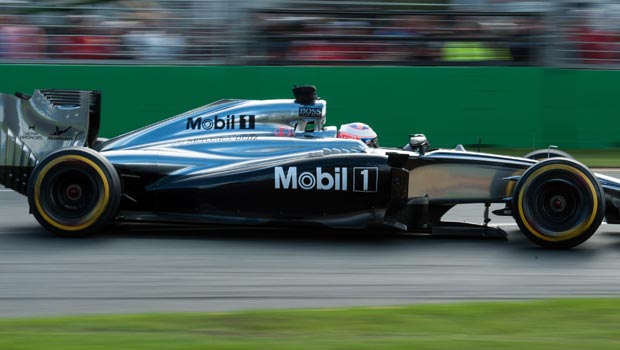
Mercedes may have quit Formula 1 if the sport had not adopted its new turbo hybrid engines, according to professor Dr Thomas Weber.
Weber is the Daimler board member responsible for research and development and believes the switch of engines provided the justification to continue.
“The key challenge for the future is fuel economy and efficiency and, with the change in regulations, F1 is the spearhead for development,” he told the BBC.
Weber says it had become “hard to explain” why Formula 1 was using the old naturally aspirated V8 engines and welcomed the introduction of the much-criticised 1.6-litre turbo hybrid engines.
Mercedes have dominated the racing so far, with Lewis Hamilton winning two of the first three races and team-mate Nico Rosberg the other.
Mercedes are 1.07 to win the F1 Constructors Championship ahead of reigning champions Red Bull, 7.00 while Hamilton is the 1.60 favourite to lift the World Drivers Championship in 2014.

Renault threatened to quit F1 if the sport did not adopt the new engines, which have a limited fuel allowance and a maximum fuel-flow rate, because the old V8s were no longer relevant to road-car development.
Now Weber has revealed that Mercedes would also probably have stopped their F1 programme had the sport’s decision makers not committed to the efficiency formula in 2009 – around the time BMW and Toyota left the sport.
“I think so, yeah,” Weber added. “Because we had the discussion.
“We had at different times the challenge to discuss F1 with the (Daimler) supervisory board,” he added.
“We had hard discussions. And it was always – and even more so when it came to the later years – harder to explain why we were using naturally aspirated engines.
“Now with these new regulations I can clearly convince the supervisory board that the (F1 team) are doing exactly what we need – downsizing, direct injection, lightweight construction, fuel efficiency on the highest possible level, new technologies and combining a combustion engine with an e-motor hybrid.”
Leave a comment








Link Dafabet